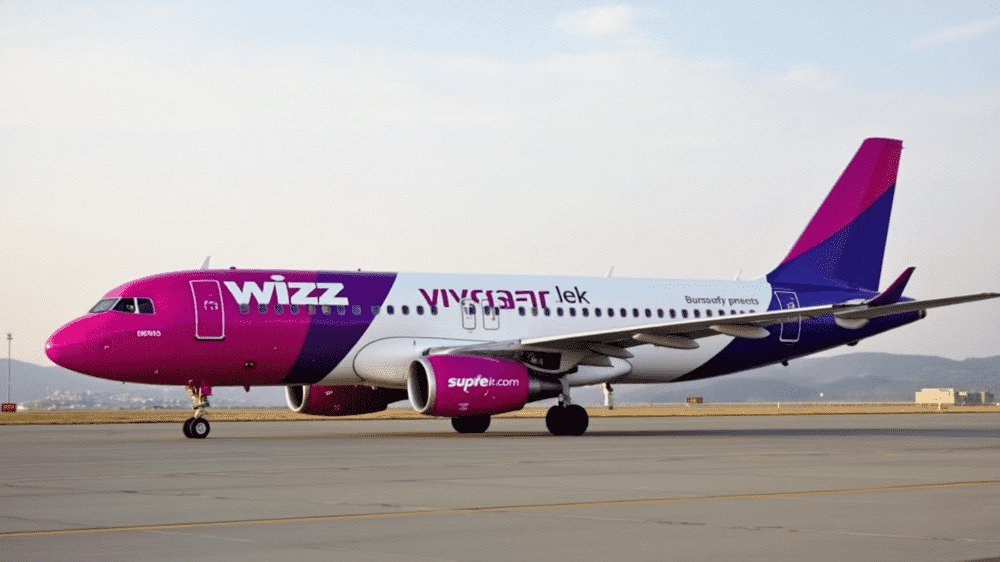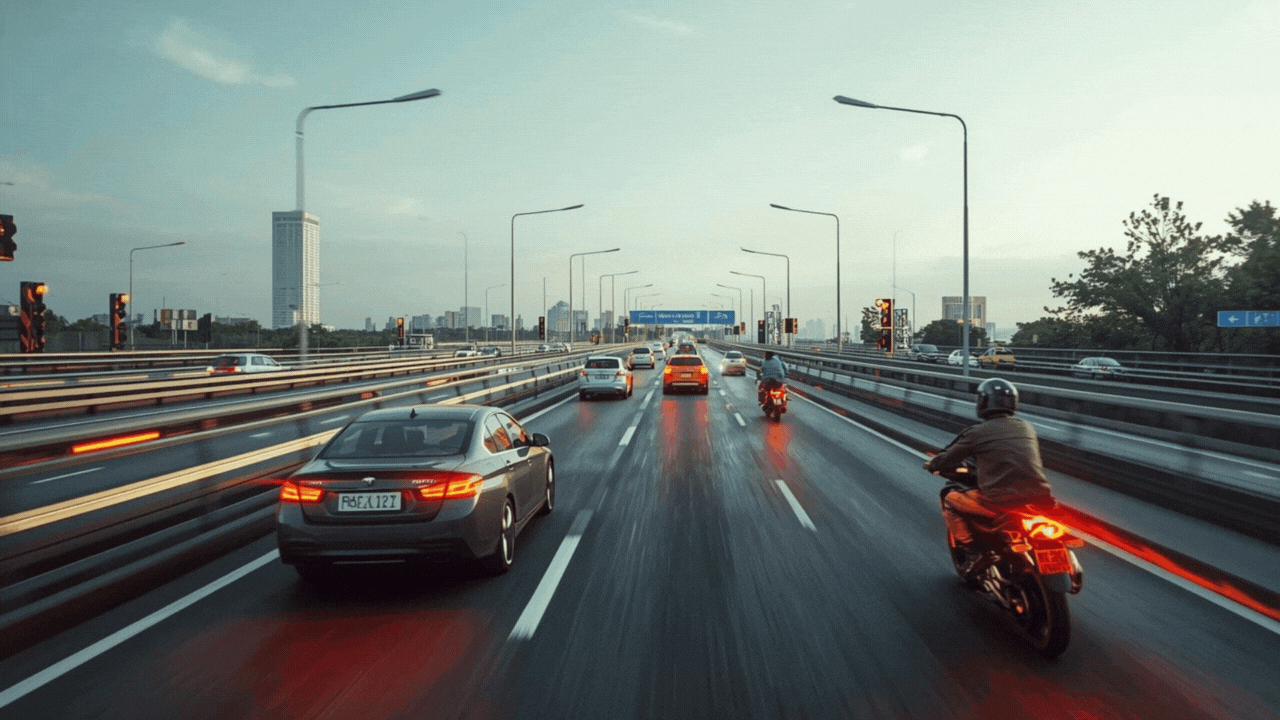By Poorvi Yerrapureddy and Aditi Shah
The Karnataka Platform-Based Gig Work (Social Security and Welfare) Bill, 2025 has prompted fresh debates around the architecture of social protection in India. The legislation is historic in its recognition of platform labour, but the scope of the Bill remains narrow as India’s wider unorganised sector remains outside its ambit.
It is a step in the right direction, but its selective coverage exposes a larger systemic gap – India continues to lack a comprehensive framework that recognises mobility and precarity across the unorganised sector as a whole.
For decades, India’s social security provisions have excluded various groups of citizens. Today, however, the Government appears to commit to a more inclusive disbursement of such benefits. The e-Shram portal was launched in an effort to build a national database of unorganised workers, linking them to welfare entitlements via a unique ID. But in its current form, it functions more as a registry than an integrated delivery platform, with little capacity to link registrations to state-specific benefits. Unorganised workers in various parts of the country are being encouraged to register themselves on the online portal, which is touted as a one-stop shop for workers’ welfare entitlements.
Historically, the portability of social security benefits has not been a policy priority. These benefits are afforded to citizens in ways that assume that they are stationary. As a result, migrants who constitute 30% of India’s population – moving within, into, or out of states – are left out or find themselves lost in a bureaucratic maze.
Systems for welfare provision, housed across Central and State Governments, must account for the movement citizens engage in for a host of reasons, including for work or marriage. Advancing social security portability ensures that such movement is more easily facilitated, without citizens having to go to great lengths to procure benefits or giving up entirely. While the question of portability is picking up steam, targeted and intentional interventions must be realised for it to become a meaningful reality of our welfare systems.
Centre-State Coordination Is A Priority
In theory, portability is purported as the unparalleled promise of digital welfare reform – seamless, borderless, citizen-centric. Yet for India’s internal migrants, this promise often disintegrates at the very first point of contact. Structural challenges embedded within both the design and implementation of digital welfare systems render portability not just difficult, but implausible. When mobility is treated as an exception rather than a norm, entire populations fall through the cracks.
At the heart of the issue is the fragmented coordination between Central and State Governments. India’s welfare architecture resembles a federation of fiefdoms, each state retaining autonomy over eligibility norms, entitlements, and implementation protocols. Welfare schemes like One Nation One Ration Card (ONORC) and e-Shram rely on the assumption that a centrally maintained database will be adopted and operationalised uniformly across India. Migrants thus move through a patchwork of systems that interpret central schemes through local bureaucratic lenses.
Take e-Shram for instance: while the portal facilitates centralised registration of unorganised workers, it does not guarantee access to any specific benefit. Whether this data translates into actual entitlements depends on state agencies – many of which lack clear protocols or incentives to operationalise the registry.
In the context of the PDS, as well, migrants have historically had trouble receiving food security benefits, owing to linkages with Fair Price Shops that are closest to one’s home address. In the absence of shared benchmarks or portability safeguards, registration becomes symbolic rather than functional. What results is not true portability, but a form of welfare roulette – where access is governed by how a state chooses to act on the Centre’s promise rather than on citizen need.
Both within and across state boundaries, there need to be provisions for rendering welfare governance systems interoperable. Instead of submitting to extremes of total centralisation or irreconcilable fragmentation, states must securely share data with one another to the extent necessary.
A key bottleneck is the absence of common data standards or protocols that allow databases to communicate. But this is not merely a technical failure, as states often resist integration to retain autonomy over eligibility and entitlement delivery. Only when that changes are migrant populations likely to move without fear of losing access to the welfare services provided by government systems.
For interoperable systems to become a reality, it is important to look at how citizen data will be governed, and where the decision-making power will reside. Strict boundaries around the State and Central Governments’ duties and contributions must be recorded. Although State realisations of Central schemes speak better to localised citizen realities, they leave little room for transferability when citizens migrate.
Establishing a shared accountability framework that defines a common minimum core of entitlements across the country, while allowing states the flexibility to layer additional, context-specific benefits will be more pragmatic. Such a model ensures that migrant workers retain access to foundational welfare guarantees regardless of mobility, while respecting the political and economic autonomy of states. For portability to function meaningfully, clarity around what is Centrally guaranteed and how it is locally administered must be embedded in both data governance and policy design.
Redefining The Intermediary
Intermediaries have historically served as bridges between citizens and the state. ASHAs and Anganwadi workers have long translated opaque public healthcare and food schemes into navigable realities.
However, for India’s migrants this bridge is ephemeral: moulded and marauded through repeated movement. Intermediaries are rooted in place and bound by familiar community ties, whereas migrants are not. As people move, they detach from these relational anchors. What emerges is a double-bind: the state’s digital infrastructure lacks continuity, and the human layer that might compensate for it lacks mobility.
To continue aiding its adoption and trustworthiness for large groups of the Indian population, including internal migrants, human touchpoints remain crucial. While the management of moving intermediaries is a bureaucratic nightmare that is likely to yield sparse benefits for all stakeholders, there is merit in considering the employment of individuals across cities, towns, and villages that cater specifically to the needs of migrants.
Specialised training can be provided to these intermediaries who can then be stationed at Jan Seva Kendras (Public Service Centres) across the country. The power of having a person help another out is not to be underestimated, especially in a country like India, where even the migrant, in many ways isolated in their experience, is never too distanced from friendly faces.
Advertisements
Technical Barriers Breed Distrust
Issues of access and agency on the citizens’ end are further compounded by the difficulty of using government websites and other digital interfaces through which welfare-related information is provided or entitlements disbursed.
Technical barriers reveal flaws in how accessibility has been conceptualised; this includes biometric failures, inconsistencies in Aadhar linkages, and mobile-unfriendly interfaces which create additional layers of exclusion for citizens who may not possess adequate digital literacy.
Over time, repeated points of friction erode the faith that citizens have in the digital systems, creating trust fractures. A system built for efficiency ends up offloading its complexity to those least equipped to navigate it. When a migrant is denied rations because a fingerprint authentication is lagging, the issue is not technological, but existential.
Beyond being a design failure, this is a deeper mismatch between how state systems imagine the citizen and how a citizen actually moves through the state. Migrants challenge the very logic of place-based service delivery, yet our digital welfare infrastructure remains territorially tethered.
Government welfare platforms must be overhauled at various levels – from functioning in low-network areas to building comfort and safety through their visual design. For example, allowing multiple users to log in from the same device, or using reassuring language to communicate network-related delays can help build citizens’ trust in these platforms.
However, to build trust, we need more than technical fixes, we need a reimagination of digital systems as mobile and responsive to the temporality of migration. Until then, the idea of portability will remain a policy ideal more than a lived reality; an infrastructure that excludes precisely because it does not move with the people it was built for.
Welfare Systems Must Align With Migrant Realities
For too long, digital welfare has been built around administrative ease rather than citizen experience. The result is a disconnect between governance and the urgent, unpredictable realities of internal migration. A digital welfare system that moves with migrants cannot simply replicate static structures in digital form – it must be fundamentally reoriented to reflect the fluidity of migrant life.
Closing this gap means designing systems that are not just technically integrated, but also procedurally adaptable. They must address coordination failures, missing documentation and evolving identities over time. Digital welfare requires a shift in perspective: from building systems for people, to building systems with people on the move. Systems must evolve from asking “Do you qualify?” to “How do we keep you in?”.
One promising direction lies in reimagining verification not as a one-time gatekeeping mechanism, but as a continuum of trust-building. Building digital feedback loops, enabling grievance redressal in mobile contexts, and allowing migrants to track or contest decisions in real time can begin to close the accountability gap.
Some non-state actors, such as Haqdarshak, have attempted to bridge this gap by creating unified application layers for welfare access. Their success points to what government platforms can also achieve when designed with interoperability and mobility at the core.
Ultimately, aligning technology with migrant realities is not only about patching broken pipes in welfare delivery. It demands re-engineering the state’s digital infrastructure to remember movement not as an aberration, but as a central fact of life. Only then can digital welfare fulfil its inclusive mandate, not in principle, but in practice.
Also Read:
Aditi Shah works as the Manager at Aapti Institute: a research institution that aims to highlight Global South perspectives and challenges, while calibrating research to evolve stakeholders’ priorities.
Poorvi Yerrapureddy is a Senior Analyst at Aapti Institute.
Support our journalism:
For You











































